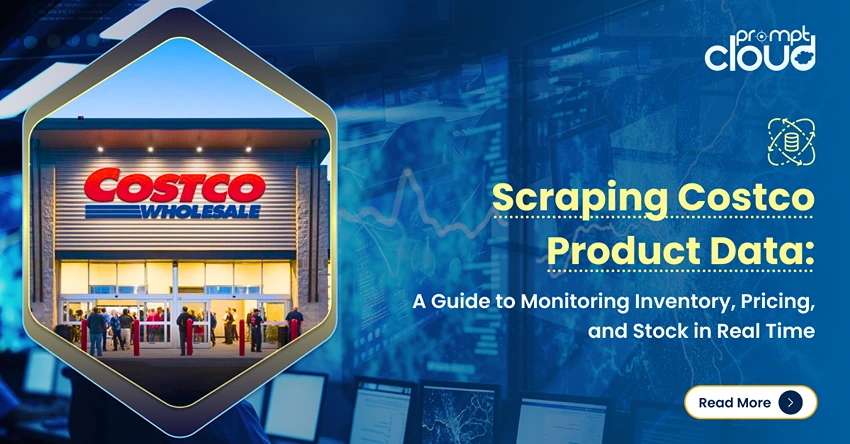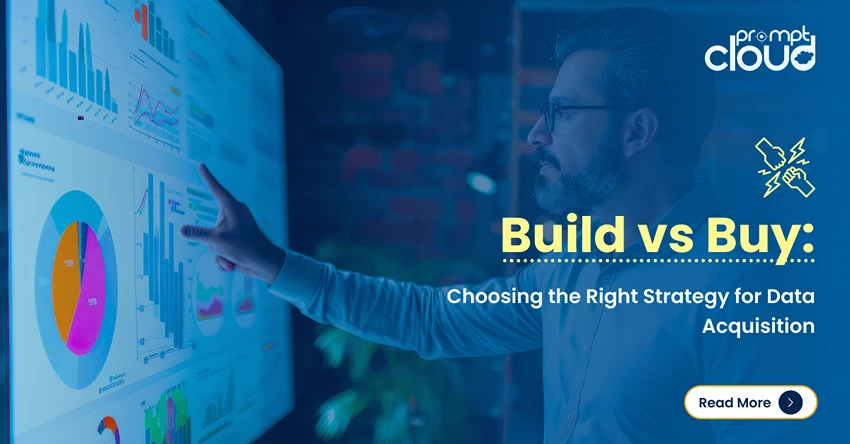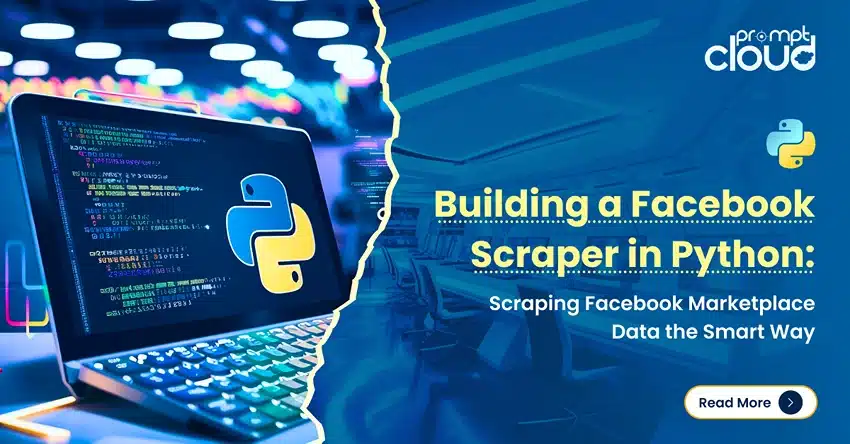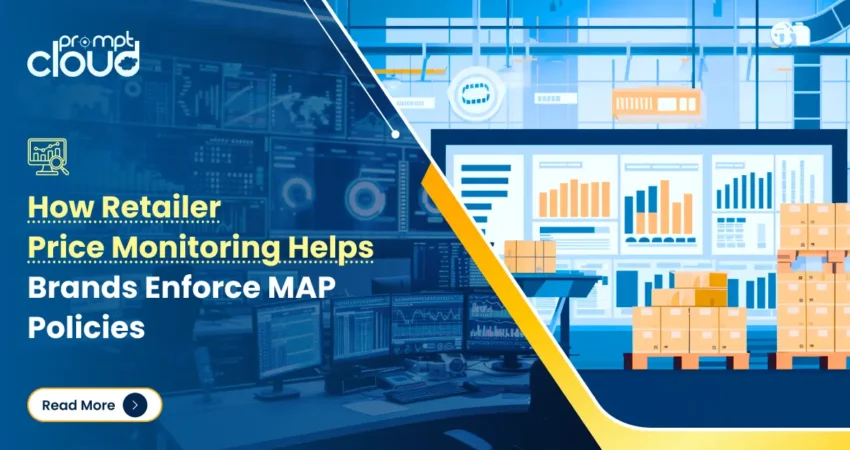
Think of yourself as a seller of high-end electronics. You’ve set your Minimum Advertised Price (MAP) so that it is sustainable for you and captures the value of your product. Then, all of a sudden, a handful of retailers begin advertising your product at significantly lower prices than what is acceptable in the market to increase sales. Other retailers began to follow. What happens next? Your margins diminish, retailers no longer trust you, and your brand is viewed as just another generic product.
This is something many brands struggle with, regardless of the industry. In the absence of mechanisms for tracking and enforcing pricing agreements, MAP policies become useless. Retailer price monitoring allows brands to regain control by monitoring prices in retail stores and online, detecting violations, and enforcing compliance. In this guide, we’ll discuss how price monitoring helps enforce MAP policies, their importance, and how businesses can use them so that healthy competition exists within the market.
What is a MAP Policy and Why Does It Matter?
A brand together with their retailers sign a document that sets the Minimum Advertised Price (MAP) policy is called an agreement, which stipulates the lowest price that will be advertised. The MAP policy controls advertising prices but does not restrict the actual price at which the product will be sold.
Why MAP Policies Are Important for Brands
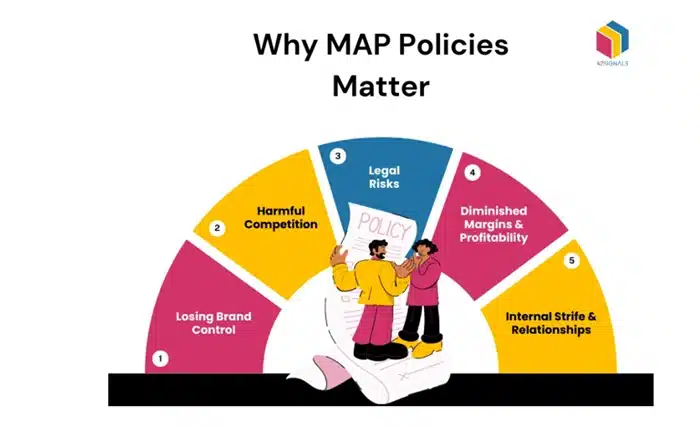
Image Soucre: 4Signals
- Protecting Brand Value –To maintain positive perception, brands should avoid having their products advertised at steep discounts, which may cause practically-minded shoppers to label the products as low quality.
- Avoiding Price Wars – If one retailer undercuts other participants, the rest of the players must surrender to the so-called stealth competition, thus diminishing profit margins for everyone.
- Maintaining Retailer Trust – If some sellers do not abide by MAP but others do, it fosters envy and spoils the relationship between the retailers and the brand.
- Ensuring Long-Term Profitability – The revenue loss triggered by the aggressive discounting could be prevented by having a well-enforced MAP policy that reinforces pricing equilibrium in the market.
Enforcement of MAP policies largely depends on a brand’s ability to enforce them. This is where retailer price monitoring steps in.
How Retailer Price Monitoring Supports MAP Enforcement
With the growth of eCommerce and third-party marketplaces, enforcing MAP policies has become more difficult. Dynamic pricing, automated repricing programs, and jump sales regardless of branding stripes make tracking violations cumbersome for brands.
Retailer price monitoring alleviates this burden by automating the checking of prices to advertised listings on different platforms.
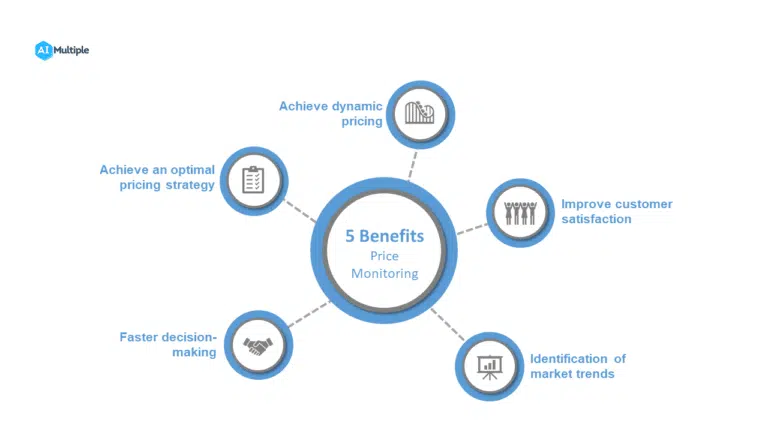
Image Source: AIMultiple
How Retailer Price Monitoring Works
- Data Collection – AI-powered tools scan online marketplaces, retailer websites, and promotional materials to collect pricing data.
- Violation Detection – The system compares actual advertised prices with the MAP policy to flag violations.
- Retailer Competitor Price Monitoring – Brands are also able to monitor how competitors are pricing other products within the same category.
- Real-Time Alerts – Automated alerts notify brands of MAP violations the instant they occur.
- Actionable Insights – Brands are provided with comprehensive reports that enable them to take corrective measures through retailer communication, penalties, or legal action.
With retailer competitor price monitoring, brands not only achieve MAP compliance but also monitor competitors’ pricing within and across categories to make necessary strategic adjustments.
Challenges Brands Face in MAP Enforcement
Even with sophisticated retailer category price monitoring systems, enforcing MAP policies is not always simple. Brands have to deal with several primary issues:
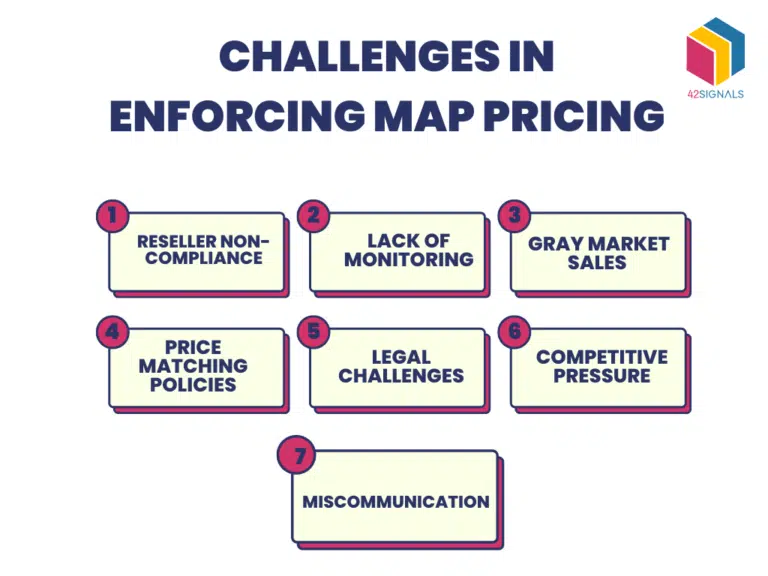
A significant amount of MAP violations stem from unauthorized third-party sellers on Amazon, Walmart, and eBay who sell the brand’s products. Such sellers tend to sell below the prices of authorized retailers, which disrupts the entire pricing architecture.
Solution: Brands have to combine retailer price monitoring with stringent seller approval processes to eradicate these unauthorized listings.
2. Geographic Price Variations
MAP violations sometimes happen unintentionally due to regional pricing differences caused by exchange rates, taxes, and local promotions.
Solution: Retailer category price monitoring should be adjusted for location-based tracking to identify legitimate variations versus actual MAP violations.
3. Retailer Resistance
Some retailers argue that MAP enforcement limits their ability to compete, leading to resistance or non-compliance.
Solution: Brands should educate retailers on the benefits of MAP policies, including higher margins and better customer perception.
4. Constant Price Fluctuations
Retailers, especially on Amazon, frequently update prices using automated repricing tools, making it difficult to track compliance manually.
Solution: AI-powered retailer price monitoring tools provide real-time tracking, ensuring brands always have the latest pricing data.
Best Practices for MAP Enforcement Using Price Monitoring
1. Automate Price Tracking
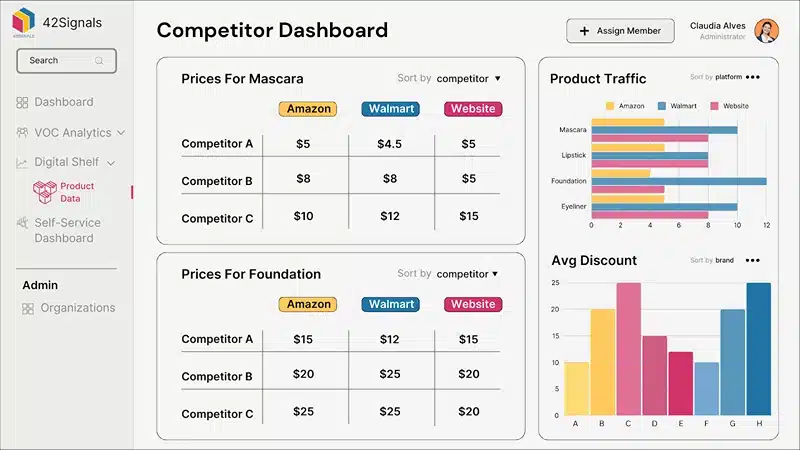
Manual monitoring is inefficient. Brands should invest in retailer price monitoring tools that track prices in real time, detect violations, and generate reports automatically.
2. Set Clear MAP Guidelines
A strong MAP policy should clearly outline:
- The minimum advertised price for each product
- Consequences for non-compliance
- Approved discounting exceptions
- Steps for reporting and resolving violations
3. Monitor Both Online and Offline Pricing
Most MAP violations happen online, but physical stores also run unauthorized discounts. Brands should use retailer category price monitoring to track pricing across all sales channels.
4. Take Quick Action on Violations
Ignoring violations encourages further non-compliance. Brands should:
- Contact retailers immediately when violations occur
- Escalate repeat violations to legal teams
- Terminate partnerships with non-compliant sellers if necessary
5. Support Retailers with Compliance Resources
Retailers lower prices mainly to compete. Brands should provide training and marketing support to help them drive sales without violating MAP policies.
Use Case: Enforcing MAP Policies with Retailer Price Monitoring
A premium electronics brand noticed increasing complaints from authorized retailers about competitors advertising their products at prices lower than their Minimum Advertised Price (MAP). The brand suspected unauthorized discounting on online marketplaces and needed a way to monitor pricing across multiple retailers.
Challenges the Brand Faced:
- Unauthorized discounting on online marketplaces – Several third-party sellers were listing products below the MAP, pressuring authorized retailers to lower their prices.
- Retailer dissatisfaction – Long-term partners were frustrated by price disparities, threatening to reduce orders.
- Manual tracking limitations – The brand’s internal team attempted to track violations manually but couldn’t keep up with the volume of listings and frequent price changes.
How Retailer Price Monitoring Helped:
To address these challenges, the brand implemented an automated retailer price monitoring solution, which allowed them to:
- Monitor prices across all key online retailers in real time, including third-party marketplace listings.
- Receive instant alerts whenever a product was advertised below the MAP, enabling swift action.
- Identify repeat offenders and take corrective measures such as issuing warnings or restricting product distribution.
- Use competitor benchmarking insights to adjust pricing strategies where necessary without violating MAP agreements.
Outcome:
With a structured approach to retailer category price monitoring, the brand was able to strengthen MAP compliance, protect its brand equity, and ensure fair competition across all sales channels.
Why Brands Need PromptCloud for Effective MAP Enforcement
MAP enforcement is not just about tracking violations—it’s about protecting brand equity, maintaining fair competition, and ensuring profitability. Without a reliable retailer price monitoring system, brands risk losing control over how their products are priced and perceived in the market.
How PromptCloud Can Help:
- Advanced Web Scraping for Price Tracking – Our AI-powered tools collect pricing data from thousands of retailers, marketplaces, and local stores.
- Real-Time Alerts – Detect MAP violations as they happen and take action before they impact your brand.
- Competitor Benchmarking – Get insights into competitor pricing trends with retailer competitor price monitoring.
- Customizable Data Solutions – Whether you need daily, weekly, or real-time price tracking, our solutions can be tailored to your needs.
For brands looking to take control of their pricing strategy and enforce MAP policies effectively, PromptCloud’s retailer price monitoring solutions provide the accuracy, automation, and insights needed to stay ahead in the market. Contact us today for a FREE demo.











